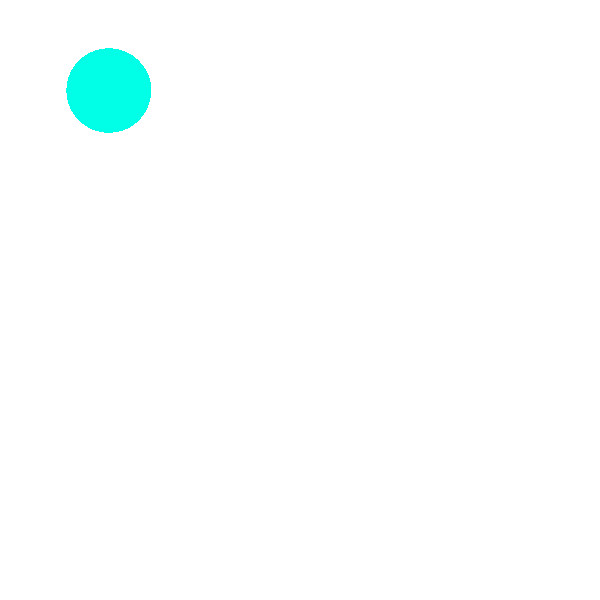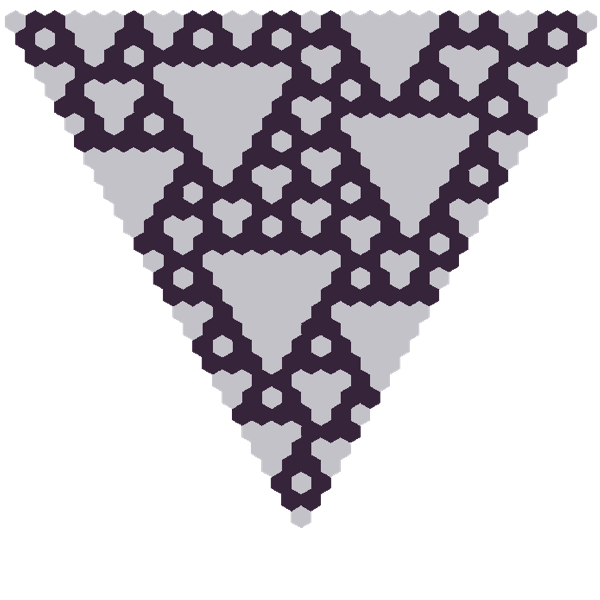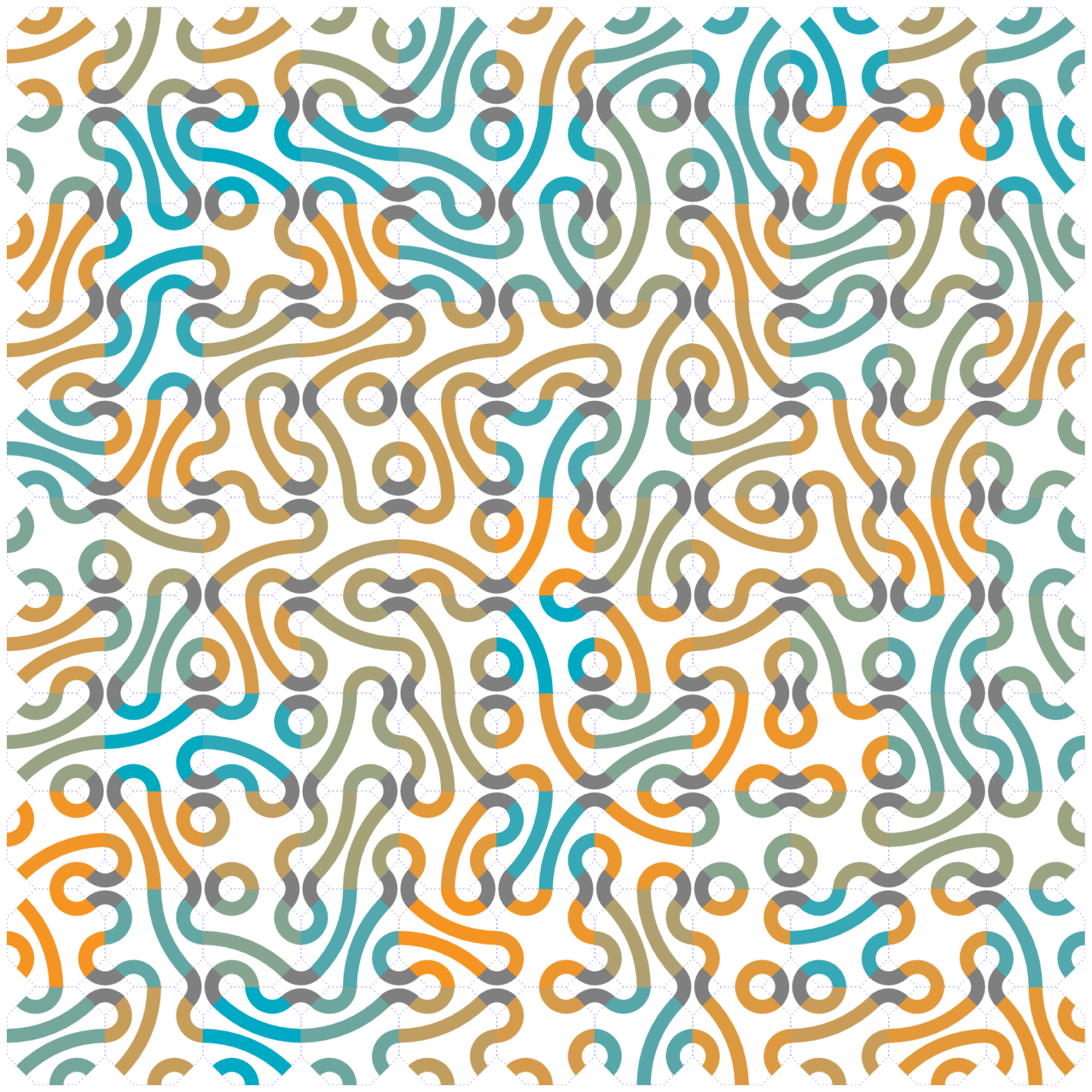Tag: Art
-

Triangle Center Patterns
—
by
I made a video that illustrates a particularly interesting “discrete state random dynamical system,” which was inspired by a Tweet (and a mistake) that I saw. First, be hypnotized by this video, which I recommend you watch in 4K, and then scroll down to read about the inspiration and the cool math going on under…
-

How to Make Animated Math GIFs: LaTeX + TikZ
—
by
The first animated GIF that I ever made was made with the LaTeX package TikZ and the command line utility ImageMagick. In this post, I’ll give a quick example of how to make a simple GIF that works by layering images with transparent backgrounds on top of each other repeatedly. TikZ code In our first…
-

XOR Triangles
—
by
In this post, I’ll explore the math behind one of my Twitter bots, @xorTriangles. This bot was inspired by the MathOverflow question “Number triangle,” asked by user DSM posted in May 2020. (I gave an overview of my Twitter bots @oeisTriangles in my post “Parity Bitmaps from the OEIS“. And if you want to build…
-

Robot Walks
—
by
I’ve gotten a lot of mathematical inspiration from Project Euler questions, but perhaps the question that has gotten me thinking the most is Project Euler Problem 208: Robot Walks. In this problem, a robot takes steps either to the right or the left, and at each step, it turns \(\frac 15\) of the way of…
-

Parity Bitmaps from the OEIS
—
by
My friend Alec Jones and I wrote a Python script that takes a two-dimensional sequence in the On-Line Encyclopedia of Integer Sequences and uses it to create a one-bit-per-pixel (1BPP) “parity bitmaps“. The program is simple: it colors a given pixel is black or white depending on whether the corresponding value is even or odd.…
-

Regular Truchet Tilings
—
by
I recently made my first piece of math art for my apartment: a 30″×40″ canvas print based on putting Truchet tiles on the truncated trihexagonal tiling. I first became interested in these sorts of patterns after my former colleague Shane sent me a YouTube video of the one-line Commodore 64 BASIC program: 10 PRINT CHR$(205.5+RND(1));…